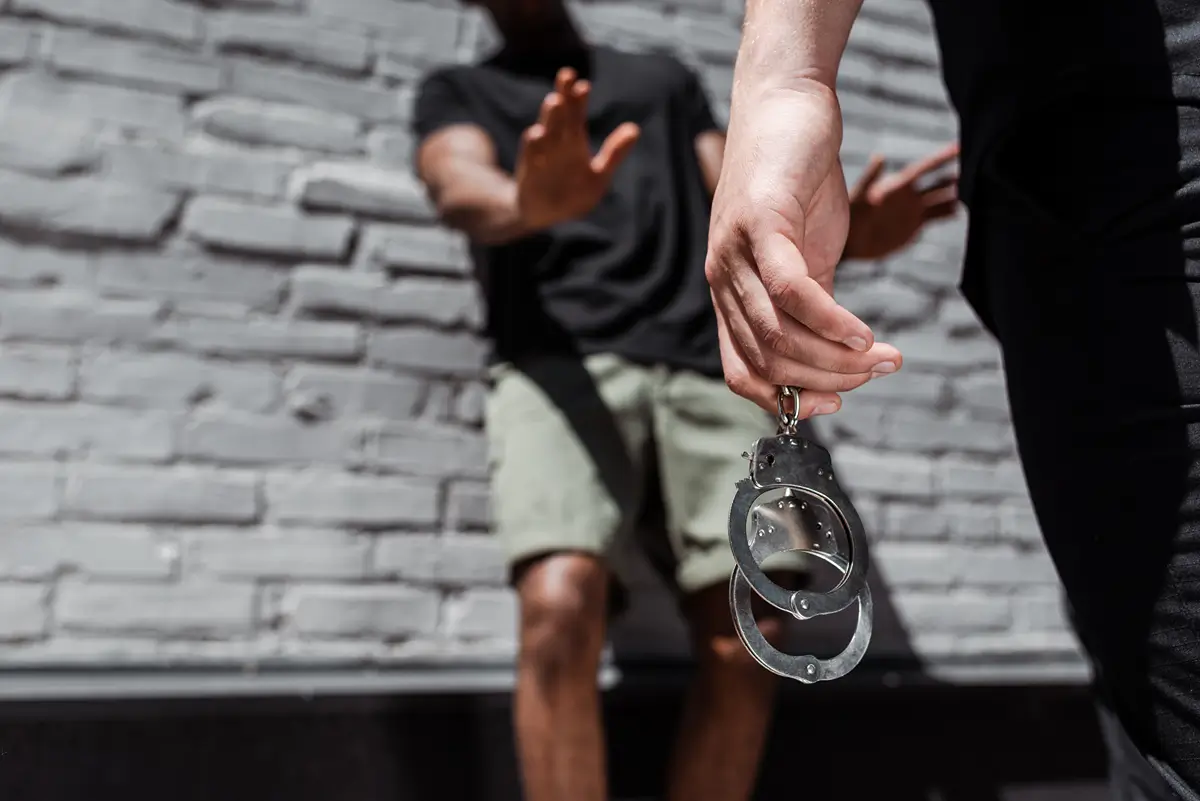The first line of defense in any DUI case is evaluating the Standardized Field Sobriety Tests (SFSTs) as given by the police officer. Now, because you read my blog, you should already know that you should not be performing these tests. But just in case you missed it, let’s review.
An officer that requests that you perform SFSTs is doing so because they have reason to believe that you have been operating a vehicle while intoxicated. Submitting to tests tests allows them to make specific observations about the way that your body is behaving.
These tests have to be done very specifically, pursuant to guidelines established by the National Highway Traffic Safety Administration (NHTSA). The tests must be performed in the order listed below. The officers must go through an instruction phase and then the performance phase. Both phases are required. So long as they do things pursuant to those guidelines, hence the term “standardized,” the results are quite accurate in estimating a person’s blood alcohol concentration (BAC).
First: The Instructions
The police will first read you a series of instructions at the beginning of each test. While they are doing this, they’re also paying attention to you. Here’s what you can expect during each instructional phase.
HORIZONTAL GAZE NYSTAGMUS INSTRUCTIONS (HGN)
- I am going to check your eyes. (Please remove your glasses)
- Keep your head still and follow the stimulus with your eyes only.
- Do not move your head.
- Do you understand the instructions?
WALK AND TURN INSTRUCTIONS (WAT)
- Put your left foot on the line and put your right foot in front of it with your right heel touching your left toe. Keep your hands at your side. (Demonstrate)
- Do not start until I tell you to.
- Do you understand the directions?
- When I tell you to begin, take nine heel to toe steps on the line, turn around keeping one foot on the line, and return nine heel to toe steps. (Demonstrate heel-to-toe; three steps is sufficient)
- On the ninth step, keep the front foot on the line and turn by taking several small steps with the other foot. (Demonstrate turn)
- While walking, watch your feet at all times, keep arms at side, count steps out loud. Once you begin, do not stop until test is completed.
- Do you understand the instructions?
- You may begin the test.
ONE-LEG STAND INSTRUCTIONS (OLS)
- Stand with your heels together and your arms at your side. (Demonstrate)
- Do not begin until I tell you to.
- Do you understand?
- When I tell you, I want you to raise one leg, either leg, approximately six inches off the ground, foot pointed out. Keep both legs straight and keep your eyes on the elevated foot.
- While holding that position, count out loud; one thousand and one, one thousand and two, one thousand and three, and so forth until told to stop. (Demonstrate raised leg and count)
- Do you understand the instructions?
- You may begin the test.
Second: The SFST Clues
While you’re performing each of these tests, the officers are watching you for “clues” of intoxication. Once an officer observes a certain number of clues, which varies by SFST, you will automatically fail the test. Here’s what they’re looking out for.
HORIZONTAL GAZE NYSTAGMUS
Total Clues: Six, three for each eye. Four clues fails. There are no specific clues for vertical nystagmus.
Clues:
- Lack of smooth pursuit
- Distinct and sustained nystagmus at maximum deviation
- Angle of onset prior to 45 degrees
WALK AND TURN (WAT)
Total Clues: Eight, two in instruction phase, six in walking phase. 2 clues fails.
Clues:
Instruction phase:
- Cannot keep balance
- Starts to soon
Walking Phase:
- Stops while walking
- Misses heel to toe
- Steps off line
- Uses arms to balance
- Improper turn
- Wrong number of steps
ONE LEG STAND (OLS)
- Swaying
- Uses arms to balance
- Hopping
- Puts foot down
Other Field Sobriety Tests
Smaller jurisdictions will sometimes toss in some other FSTs for reasons I don’t quite know. Sure, it’s another test to make observations about someone’s body behavior. But it’s important to note that these aren’t standardized tests. As such, the results from these tests are NOT accurate indicators of a suspect’s intoxication levels.
ROMBERG BALANCE
Test of balance and time perception. Feet together, arms at sides, head tilted back, eyes closed. Subject estimates 30 seconds.
FINGER-TO-NOSE
Test of balance and coordination. Heels and toes together, arms at sides, eyes closed, head tilted back, touch tip of finger to nose with both right and left index finger.
Hopefully you’ve found this helpful. If you or someone you know has been charged with a DUI offense, call 317-983-5333 to schedule your free consultation.






